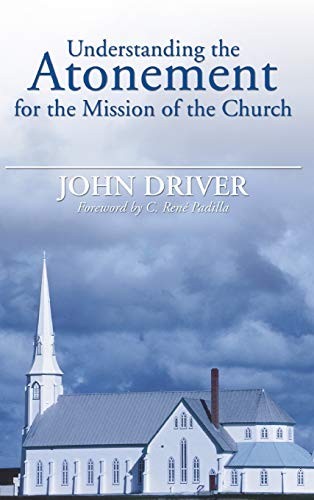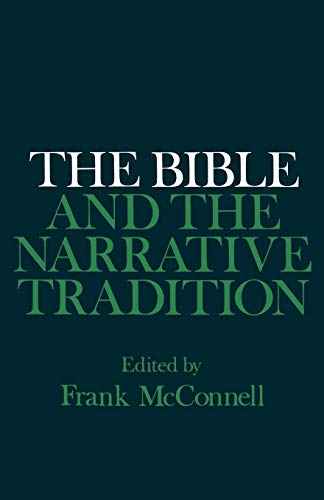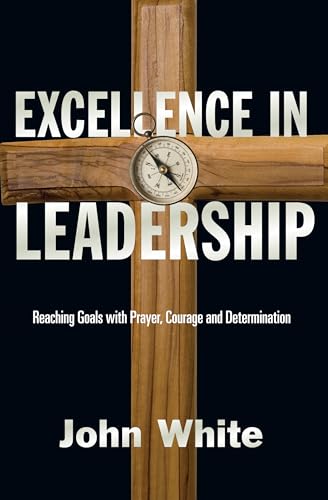Understanding the Atonement for the Mission of the Church
Written by John Driver Reviewed By Gordon WoolardAlthough the work of Jesus Christ on the cross of Golgotha is considered central in theology there weren’t many major works on the atonement for several years. Happily in the last three years this situation has changed with the appearance of books by John Stott, H. D. Macdonald, and John Driver, the author of the book now under review. John Driver writes from a strong missionary point of view having served in many Spanish-speaking countries for the Mennonite Board of Missions. His keen interest lies in Christian community living and the impact of the gospel in our social relations. The reader will appreciate Driver’s emphasis on the covenant fellowship we have with God the Father through his Son. He stresses our common life in the kingdom of God and calls us to exemplify this life in the brokenness of the world. Part of the purpose of the book is to see what impact our teaching on the cross necessarily has on this kingdom life.
The book begins by insisting that we view the cross of Christ in the series of images presented rather unsystematically by the Bible and resist the temptation to reduce the meaning to an essential core. Driver proposes ten images and gives a brief summary of each. He follows with a critique of the classic theories held at various times in the church. The book ends with some chapters on contemporary implications of his presentation of the ten images of the cross. The bulk of the work is a detailed look at each image always contrasted with one of the older theories. The author is rightly concerned about the individualistic approach to faith and salvation which leaves commitment to the body of Christ and obedience to Christ’s global mission as options for the more dedicated.
The reviewer believes allowance must be made because of the ground-breaking nature of the book. It is at times tediously repetitive. Bold assertions are made which when taken literally seem dangerous, i.e. ‘by definition, atonement, in its biblical sense, cannot be experienced outside a reconciled community’ (p. 247), and ‘people need each other if they are to be saved at all’ (p. 226). Driver pushes the pendulum of personal salvation back toward community salvation with such force as to sometimes lose the biblical balance.
The author charges the traditional theories of atonement with reductionism. They insisted on one core meaning and left out many other images with different content of equal importance. It is in Driver’s effort to distance himself from Abelard’s moral influence theory and Anselm’s satisfaction theory that the reviewer finds the greatest problems of convincing reasoning. He states Abelard’s view of the cross as ‘a demonstration to humanity of God’s matchless love’ (p. 44). He correctly shows the weakness of the position because ‘it does not tell us why the death of Jesus was necessary in order to reveal the love of God’ (p. 48). Yet on p. 183 in the section on the reconciliation image of the cross he states, ‘But how does the death of Christ reconcile God’s enemies? For one thing, Christ’s death is a demonstration of God’s love. The life, death, and resurrection of Jesus—but even more specifically the cross—bring together and present in a dramatic demonstration the love of God.’ Why is Driver’s view not subject to his own critique of Abelard? He must show the spiritual necessity of Christ’s death.
The classic ‘satisfaction’ view of the atonement stated by Anselm centuries ago insists that the necessity of the cross is found in the need to appease the righteous wrath of a holy God against the sins of his disobedient creatures made in his image. Driver argues forcefully against this position. But can he prove then the necessity of the cross? The author does speak of the wrath of God: ‘God’s response to the unfaithfulness of humanity is wrath’ (p. 183). He continues, however, ‘But neither is wrath a mere aspect of the divine essence so that God, like the pagan deities of the ancient world, somehow needs to be appeased or placated so that he will renounce the effects of his wrathfulness. Inasmuch as God’s wrath is his wounded covenant love, it is in reality more salvific than punitive in its intention. The appropriate response to God’s wrath is repentance and conversion, i.e., return to God and to relationship in the community of his covenant.’ There seem to be other ways of expressing wrath and bringing people back to the covenant without the incarnation and death of the only begotten Son of God—something rather extreme for a God who doesn’t need to be appeased!
The problem originates in Driver’s basic misunderstanding of God’s honour or, better, holiness. In his critique of Anselm he states: ‘God’s honor is sacred, in Anselm’s view. One is impressed by the fact that in this view God is captive of his own honor (emphasis mine). God’s liberty, kindness and will, for example, are all subordinated to the importance assigned to his honor’ (p. 51). He repeats this statement on p. 62 and even adds that in this view God’s pride is the foremost attribute of divinity. This way of presenting the classic evangelical position on the atonement is straw-man argumentation. His claims that the theory is based on Roman civil law and that it makes ‘Christ’s death a human initiative directed Godward’ will surprise many who believe the incarnation was God’s idea and are thankful that in the cross both wrath against our sin and love for us as sinners are harmonized.
Understanding the Atonement has serious exegetcal and reasoning problems. It remains, however, a stimulating book as it stresses the place of the cross in the community of Christ. It should be read in conjunction with a more ‘classic’ approach, such as John Murray’s Redemption: Accomplished and Applied.
Gordon Woolard
Brussels







